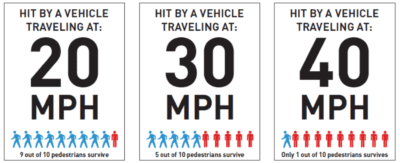1: a legal right of passage over another person's ground.
From Wikipedia: A right-of-way (ROW) is a right to make a way over a piece of land, usually to and from another piece of land. A right of way is a type of easement granted or reserved over the land for transportation purposes, this can be for a highway, public footpath, rail transport, canal, as well as electrical transmission lines, oil and gas pipelines. A right-of-way can be used to build a bike trail. A right-of-way is reserved for the purposes of maintenance or expansion of existing services with the right-of-way. In the case of an easement, it may revert to its original owners if the facility is abandoned.
Below is a link to a page with links to Metro's interactive maps. The first one on the list is the Parcel Viewer, which shows approximately the parcel lines for properties within Davidson County.
Learn where your Right-of-Way is
My point being, where are the people of Nashville to walk if we keep obstructing our Right-of-Ways???









































